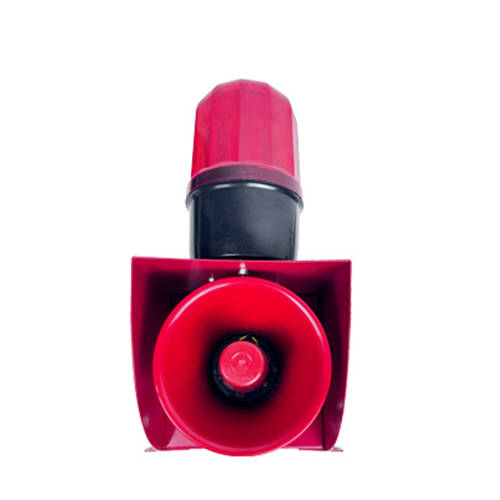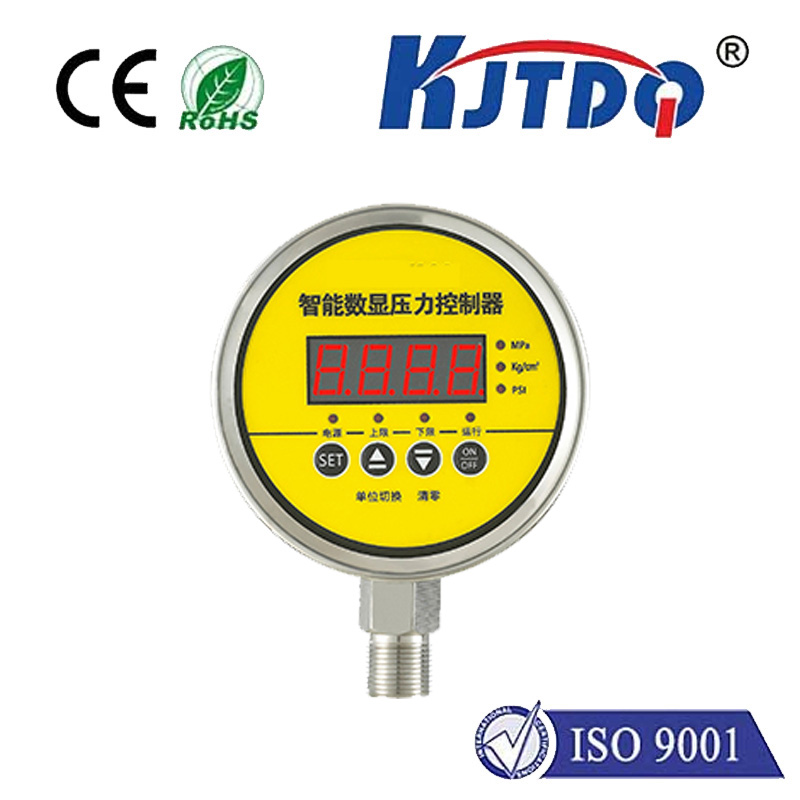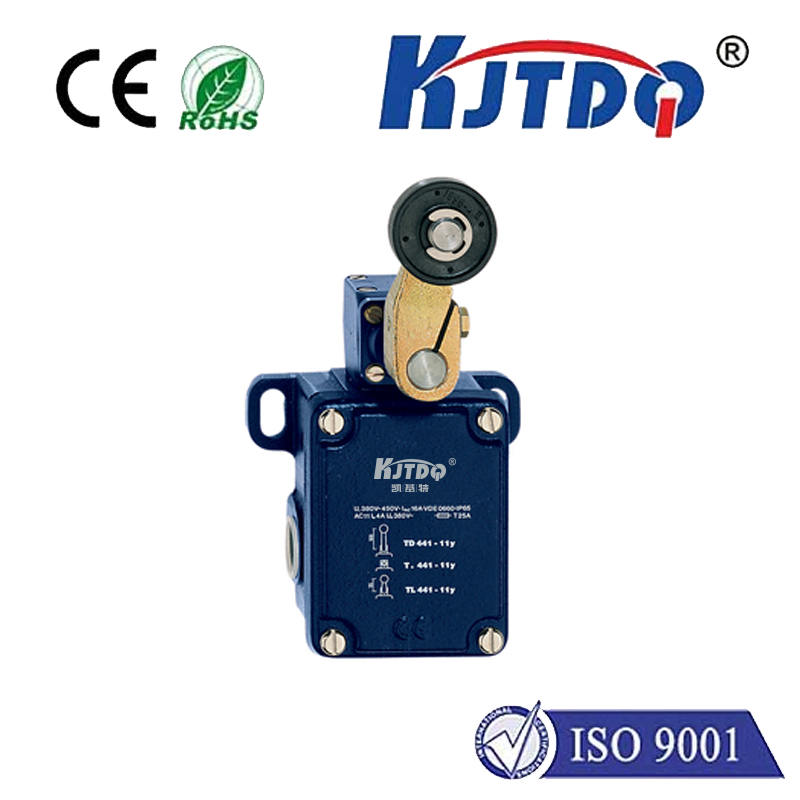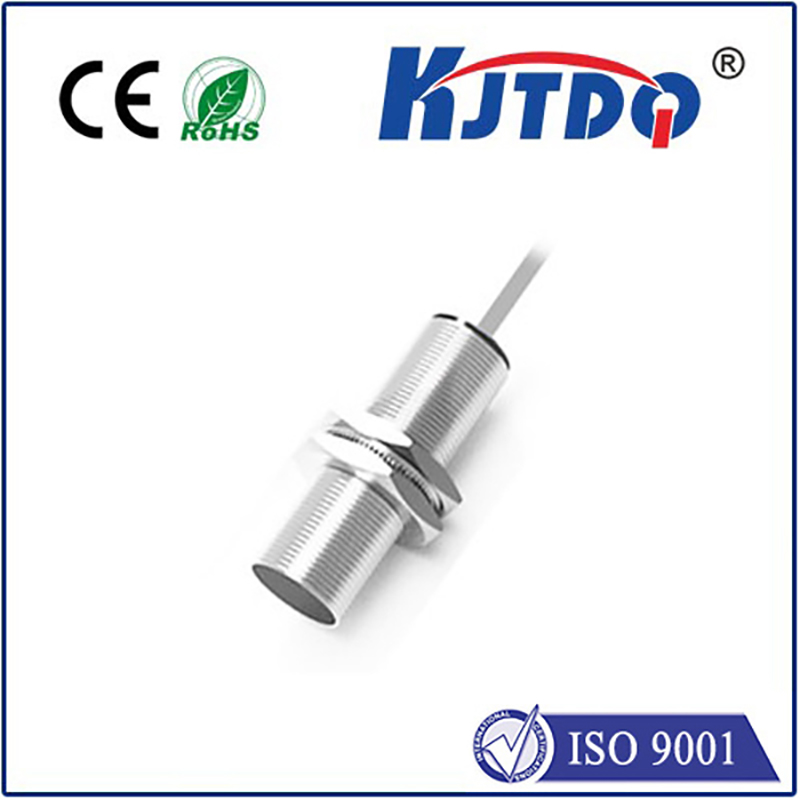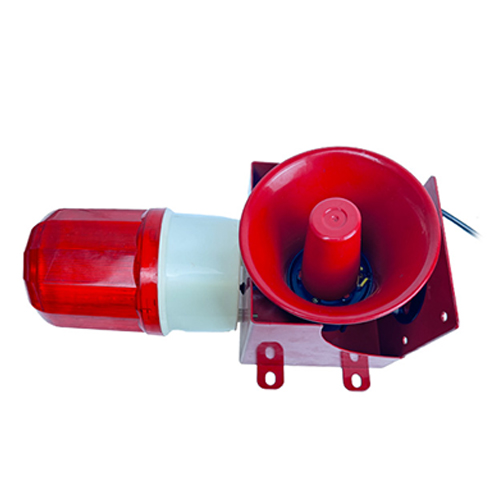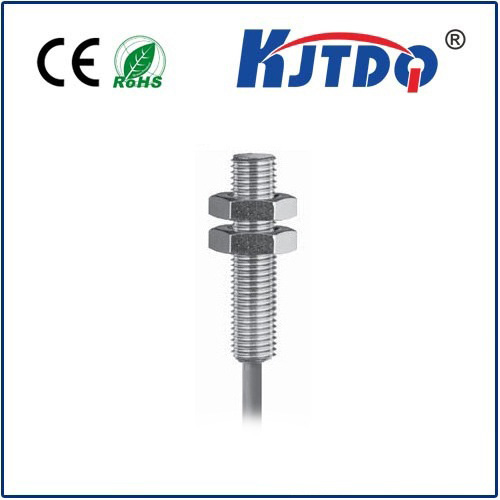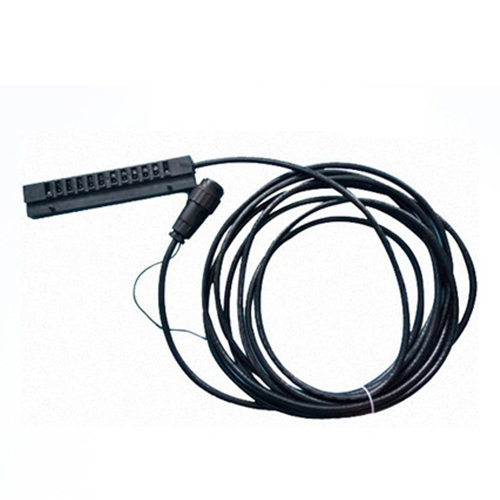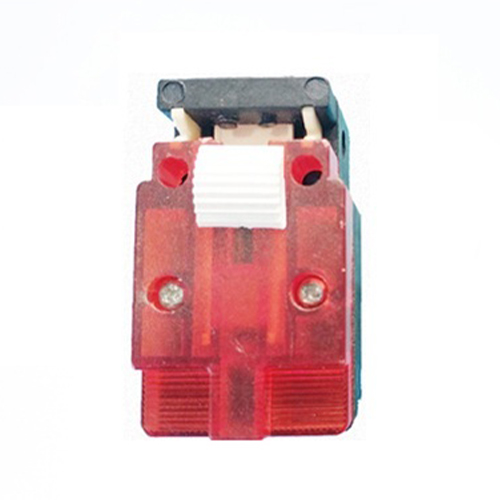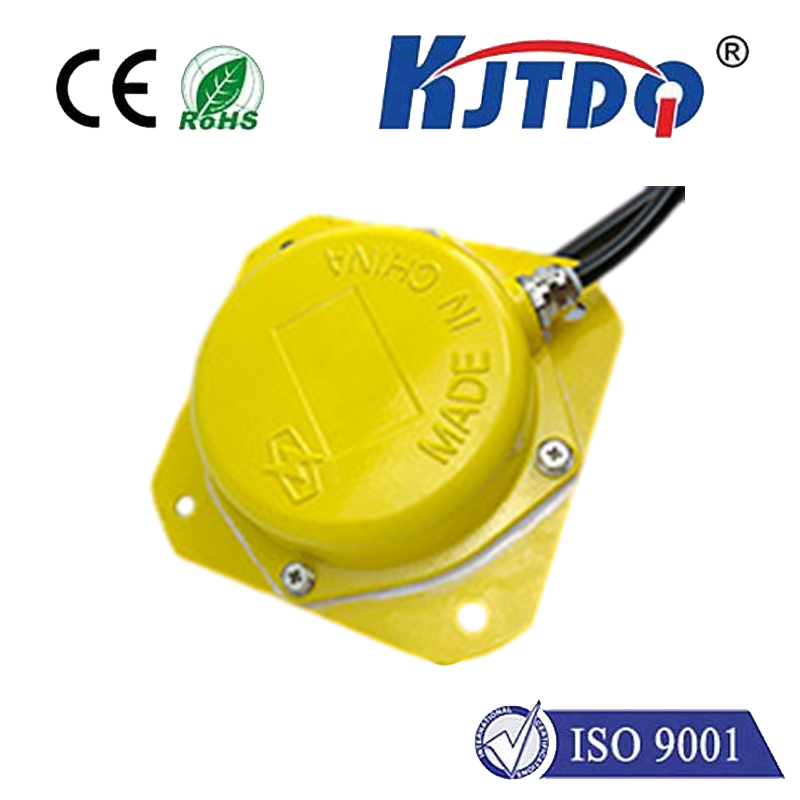VL53L0X Dimensions: How Compact Design Drives Next-Gen Sensor Innovation In an era where miniaturization rules the tech landscape, the VL53L0X laser-ranging sensor by STMicroelectronics stands out as a marvel of engineering. Whether it’s powering gesture recognition in smartphones, enabling obstacle avoidance in drones, or refining industrial automation, this sensor’s ultra-compact dimensions are rewriting the rules of what’s possible. But what makes its size so revolutionary? Let’s dive into the physical and functional implications of the VL53L0X’s design—and why its tiny footprint is a giant leap for embedded systems.
At just 4.4 x 2.4 x 1.0 mm, the VL53L0X packs cutting-edge Time-of-Flight (ToF) technology into a package smaller than a grain of rice. To put this into perspective, its volume is roughly 80% smaller than previous-generation infrared sensors, yet it delivers superior accuracy (±3% error margin) across a 2-meter range. This drastic reduction in size doesn’t compromise performance—instead, it unlocks new possibilities for integration into space-constrained devices. The sensor’s LGA (Land Grid Array) packaging plays a critical role here. Unlike bulkier modules, the LGA design eliminates protruding components, ensuring a flat profile that fits seamlessly into slim devices like wearables or augmented reality glasses. For engineers, this means fewer compromises when balancing functionality and form factor.

The VL53L0X’s compactness isn’t just about saving space—it’s a calculated engineering feat. By integrating a VCSEL (Vertical-Cavity Surface-Emitting Laser), a single-photon avalanche diode (SPAD) array, and a microcontroller into a single chip, STMicroelectronics sidestepped the need for external components. This system-in-package (SiP) approach reduces complexity while enhancing reliability, making the sensor ideal for mass-produced consumer electronics. But there’s more. The sensor’s 940 nm infrared laser operates at Class 1 safety levels, requiring no protective housing. This further slashes the overall footprint, unlike older sensors that demanded shielding to meet eye-safety standards. The result? A plug-and-play solution that designers can embed directly into PCBs without additional engineering overhead.
The VL53L0X’s dimensions aren’t just a technical curiosity—they’re a game-changer across industries. Here’s how its size-to-performance ratio is driving innovation:
While the VL53L0X’s dimensions simplify integration, engineers must still address challenges like thermal management and signal integrity. Here’s what to keep in mind:
While alternatives like the VL53L1X or Texas Instruments’ OPT3101 offer extended ranges or multi-zone detection, the VL53L0X remains unmatched in size efficiency. For example, the OPT3101 measures 6.5 x 3.0 mm—nearly double the VL53L0X’s footprint—making it less viable for wearables. Similarly, ST’s own VL53L1X trades compactness for a 4-meter range, underscoring the VL53L0X’s niche as the go-to for ultra-small designs.
As IoT and edge computing push devices toward ultra-compact form factors, sensors like the VL53L0X will become indispensable. Emerging uses include:
